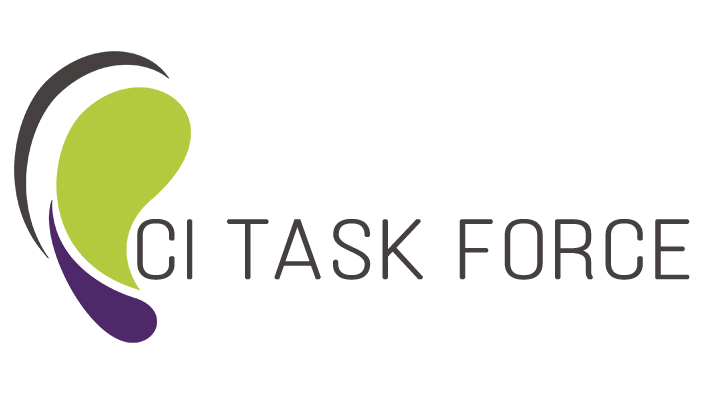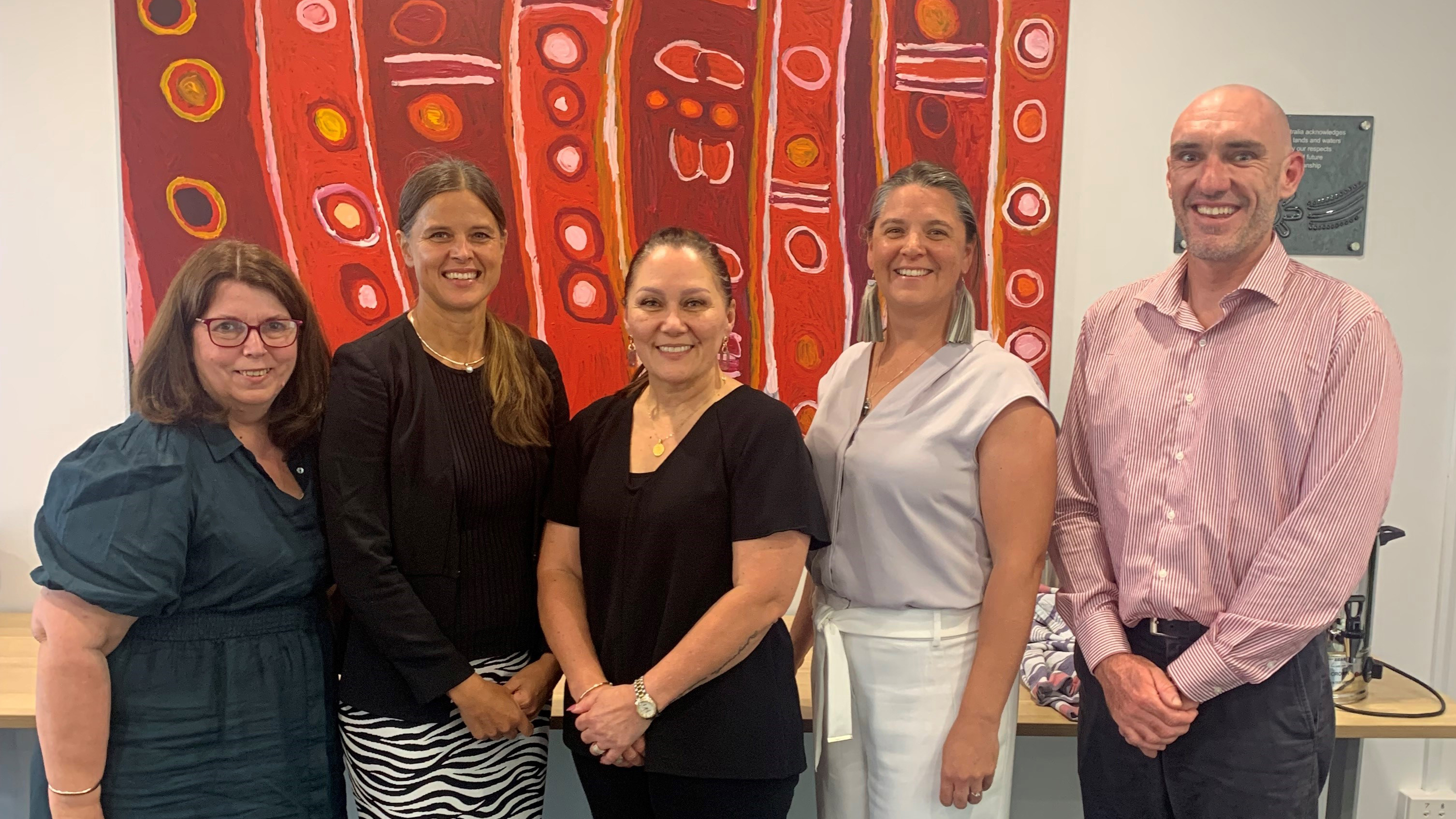
A task-force of 52 hearing experts have released new Living Guidelines for hearing care.1 The recommendations provide guidelines and guidance for hearing professionals to improve the standard of hearing care for adults.2 One of the nine recommendations states that if an adult has a hearing number ≥60 in their better ear* and difficulties with everyday speech understanding, they should be assessed for a cochlear implant.1
According to Professor Bamini Gopinath, Cochlear Chair in Hearing and Health, Macquarie University and member of the Task Force, the guideline is a major step forward in clarifying the best hearing care for adults in Australia.
“Clinical guidelines are integral to ensuring that healthcare decisions are based on the best available evidence. Before now, there were no international and patient-centred guidelines for hearing care and cochlear implants for adults.”
“This publication is a red flag to government policy-makers, insurance and funding bodies as well as health professionals to better understand the importance of providing accurate information and access to hearing healthcare for those who could benefit.”
According to the World Health Organization (WHO), the number of people living with hearing loss is set to reach 2.5 billion by 2050.2
Hearing loss has been linked to decreased quality of life, cognitive decline and depression3,4 and there is a growing body of evidence suggesting an association between hearing loss in older adults and neurocognitive disorders, such as dementia.5 Additionally, hearing loss can also have an impact on the individuals close to them, including family and friends.6
In Australia, most adults do not have their hearing assessed as part of regular health check-ups. Of those who receive hearing checks and find their hearing number is ≥60 dB HL, few are referred to a hearing specialist to assess whether cochlear implants could be the most beneficial treatment option.7,8
Despite the potential benefits of cochlear implants, less than one in 10 eligible adults will receive one in their lifetime.9
The new Living Guidelines make nine recommendations across hearing screening, specialist referral and evaluation, rehabilitation and patient outcomes. The two-year research project looked at more than 13,000 peer-reviewed studies and involved a panel of 52 experts representing 58 organisations, including those living with hearing loss. The guidance and guidelines will be updated as new evidence is published.
The Recommendations and Good Practice Statements are now open for public consultation and feedback from International Cochlear Implant Day, 25th February 2023, until 31st May 2023.
“The message for adults is simple: know your hearing number, and know your options,” said Professor Bamini Gopinath.
We encourage you to submit feedback during consultation period February 25, 2023 – May 31, 2023. Visit the MAGICapp linkHERE for the full guidelines, recommendations, and technical report. You can submit your comments using the feedback tab located under each recommendation in MAGICapp OR by downloading and using the submission template and emailing it to guidelines@htanalysts.com.au.
Task Force member, Professor Bamini Gopinath, explains the methodology and background to the process.
References
Cochlear Implant Task Force. Improving the standard of care for adults with hearing loss and the role of cochlear implantation: Living Guidelines. Available at https://app.magicapp.org/#/guideline/6719. Accessed 25th Feb 2023.
World report on hearing. Geneva: World Health Organization; 2021. Licence: CC BY-NC-SA 3.0 IGO.S
Gates GA, Cobb JL, Linn RT, Rees T., Wolf PA, Agostino RB. Central auditory dysfunction, cognitive dysfunction, and dementia in older people. Arch Otolaryngol Head Neck Surg 1996;122(2):161-7.
Yueh B, Shapiro N, MacLean CH, Shekelle PG. Screening and Management of Adult Hearing Loss in Primary CareScientific Review. JAMA 2003;289(15):1976-85.
Lin FR, Metter EJ, O’Brien RJ, Resnick SM, Zonderman AB, Ferrucci L. : Hearing loss and incident dementia. Arch Neurol 2011;68(2):214-20.
Völter C, Götze L, Ballasch I, Harbert L, Dazert S, Thomas JP. Third-party disability in cochlear implant users. 2021
Buchman CA et al. Unilateral Cochlear Implants for Bilateral Severe, Profound, or Moderate Sloping to Profound Sensorineural Hearing Loss. JAMA Otolaryngology 2020; 146(10):942-53.
Sorkin DL. Access to cochlear implantation. Cochlear Implants Int 2013 Mar;14 Suppl 1(Suppl 1):S1. doi: 10.1179/1467010013Z.00000000081.
Carlson ML. Cochlear Implantation in Adults. The New England journal of medicine 2020;382(16):1531-42.
Zwolan TA, Schvartz-Leyzac KC, Pleasant T. Development of a 60/60 Guideline for Referring Adults for a Traditional Cochlear Implant Candidacy Evaluation. Otology & neurotology : official publication of the American Otological Society, American Neurotology Society [and] European Academy of Otology and Neurotology 2020;41(7):895-900.
*An adult with any level of hearing loss should be referred for cochlear implant evaluation if they meet the cochlear implant eligibility criteria of three frequency (500, 1000, 2000 Hz) pure-tone average (PTA) in the better ear that is equal to or greater than 60 dBHL (decibels hearing level), AND expresses difficulties with speech understanding in their everyday environment.6 Any adult that meets the above cochlear implant eligibility criteria should be referred to a cochlear implant specialist for a complete cochlear implant evaluation and preoperative assessment.








